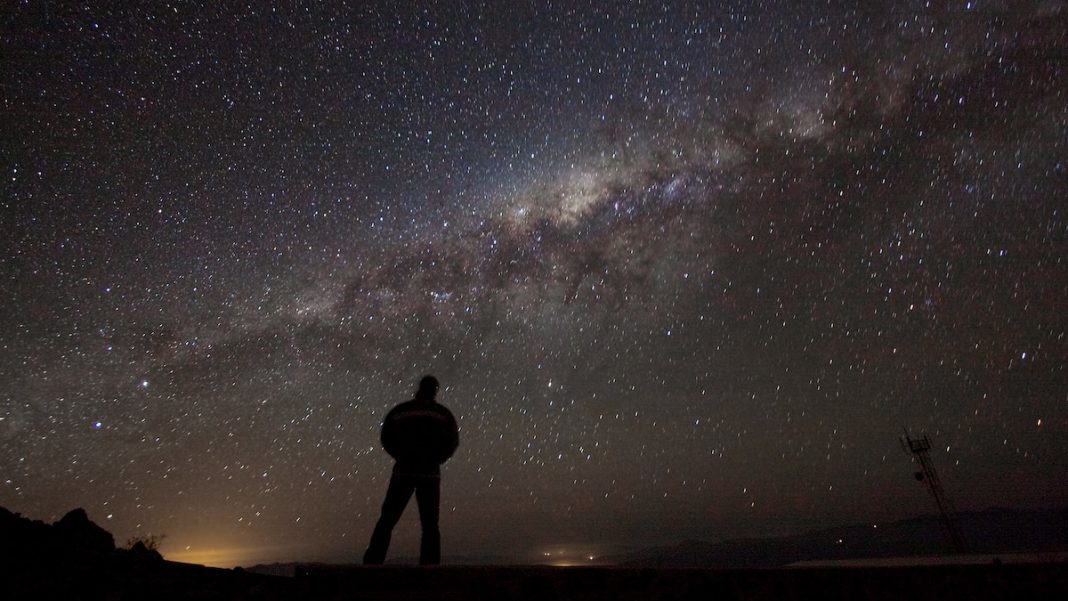You’re reading this, perhaps sipping coffee, feeling perfectly still. Your chair is stable, the ground beneath solid. But what if that ‘stillness’ is an illusion, not just on a local scale, but cosmically? Imagine for a moment that our entire existence, every star, planet, and galaxy we call home, is hurtling through the vast expanse of the universe at speeds we’re only just beginning to truly appreciate. New perspectives suggest we might be zipping through the cosmos far faster than we’ve traditionally clocked, and it’s a thought that truly bends the mind.
The Universe’s Unseen Currents
For a long time, scientists have measured our motion relative to the Cosmic Microwave Background (CMB) – the faint afterglow of the Big Bang, which acts as a kind of universal reference frame. We know our galaxy, the Milky Way, is not static; it’s spinning, orbiting, and moving through space. Our solar system alone is streaking around the galactic center at hundreds of kilometers per second. But these are just local speeds. The bigger picture involves our entire local group of galaxies being pulled and pushed by unseen forces.
Recent re-evaluations and deeper analyses of large-scale cosmic flows are hinting that our collective cosmic drift might be significantly more energetic. It’s not just our planet spinning, or our solar system orbiting the galactic center; it’s our entire Milky Way galaxy, and indeed our local cluster, being swept along by currents on a truly monumental scale. Think of it less as a leisurely float and more like being caught in a powerful, galactic-scale river you didn’t fully realize was moving so swiftly.
What Does a Speed Boost Mean for Cosmology?
This isn’t just a quirky detail; it has profound implications for our understanding of the universe. If our speed through the cosmic medium is greater than previously thought, it could subtly recalibrate our existing cosmological models. It might point to larger, more influential gravitational attractors than we’ve accounted for, or even shed light on the elusive nature of dark matter and dark energy – the mysterious components that dominate the universe’s mass-energy budget.
Understanding these cosmic speeds with greater precision helps us map the universe’s large-scale structure more accurately. It’s like trying to navigate a ship across an ocean: if you misjudge the speed and direction of the underlying currents, your navigational calculations will be off. Similarly, if we’re underestimating our cosmic velocity, it can affect everything from our distance measurements to our models of how galaxies form and evolve.
“Every time we think we’ve mapped the cosmic currents, the universe reminds us of its boundless depth,” mused one astrophysicist. “This isn’t just a number change; it’s a whisper of structures and influences we’re only beginning to perceive. It means our cosmic journey is even more dynamic and interconnected than we imagined.”
Our Ever-Shifting Cosmic Address
This re-evaluation of our cosmic speed isn’t about changing the fundamental laws of physics. Instead, it’s a testament to the continuous refinement of scientific inquiry. With better instruments, more precise data, and increasingly sophisticated computational models, we’re able to peel back more layers of the universe’s grand design.
It’s a powerful reminder that our cosmic address isn’t static; it’s a vibrant, dynamic place always on the move, and often, much faster than we think. This idea invites us to embrace a more profound sense of motion and interconnectedness. We are truly passengers on a cosmic express, constantly redefining our velocity and destination within the universe’s unfolding story.
So, next time you feel stationary, remember the incredible cosmic journey you’re truly on. The universe, it seems, always has a few more speed records for us to discover.




